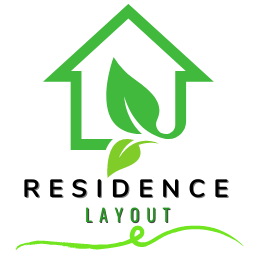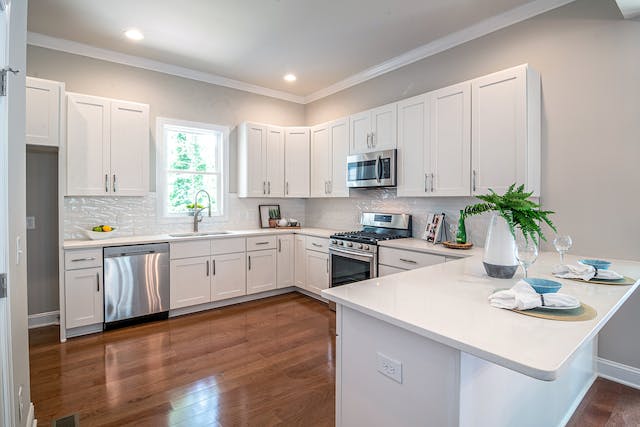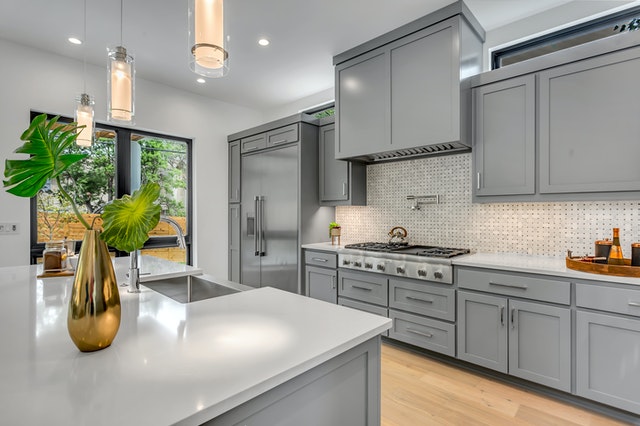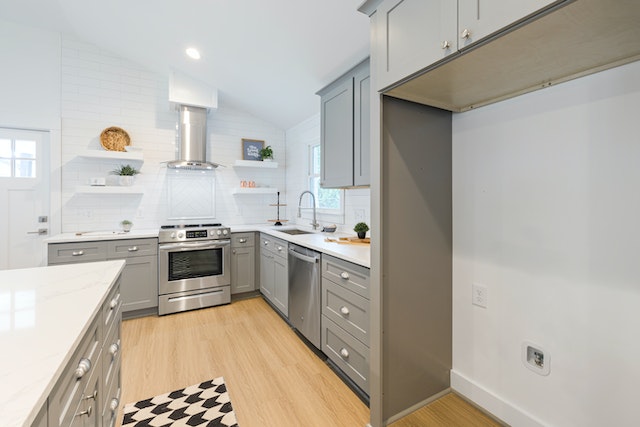How to Design Kitchen Ideas?
The kitchen is a focal point of the home and its design should reflect both practicality and aesthetics. The kitchen is the heart of the home, where we share meals and spend time with loved ones. Your kitchen should be built to enhance efficiency, foster an inviting ambiance, and showcase your own sense of style. Some suggestions and advice for kitchen layout are as follows:
Plan the Organization and Flow:
The effectiveness of your kitchen is directly related to its arrangement. Kitchens often take one of three popular shapes: the U-shaped, the L-shaped, or the galley. Think about where things like the fridge, sink, and desks should be to maximize efficiency. The arrangement should allow for simple circulation between various regions of the kitchen.
Pick Areas That Serve Their Purpose:
Make your kitchen more efficient by separating it into distinct areas. You’ll find them in most kitchens: a prep area (where you do things like chopping and mixing), a cook area (with your stove and oven), and a clean up area (with your sink and dishwasher). Each zone should be supplied with the required equipment and storage to enable its specialized role.
Storage Solutions Should Be Prioritized:
A well-organized and uncluttered kitchen starts with convenient storage options. It’s a good idea to have a combination of closed and open storage options, such as cabinets and drawers, as well as open shelves. To make the most of available space, install lazy Susans, pull-out shelves, and large drawers. Customized storage solutions may be adapted to your individual requirements.
Choose Dependable Home Appliances
Invest in high-quality appliances that are well-suited to your culinary needs and preferences. Think about the long-term savings that may be realized by making energy-efficient choices. Because of its longevity and classic look, stainless steel appliances are always a good option.
Maximize Your Cupboard Area:
It’s important to have enough of counter space in the kitchen for making meals and for other chores like baking and chopping. Strive for symmetry between the counter space you need and the counter space you want for decorations. Granite, quartz, and butcher block are all good options since they are long-lasting and attractive.
Consider the Flooring and Backsplash:
The kitchen’s flooring and backsplash are two key design components that may help bring the space together. Pick out anything that can do its job and looks good doing it. Backsplashes may be made from anything from tile to natural stone to mosaics. Hardwood, tile, and laminate flooring all provide durability and visual appeal as well as other benefits.
Add a Touch of Your Own:
Infuse your individuality into the kitchen with customized touches. Put on display some pictures of the family or some ornamental tableware. Open shelving is a great way to show off your best dishes and culinary books. These accents make the room seem unique and homey.
In conclusion, a well-designed kitchen incorporates elements of both form and function, as well as the designer’s own sense of aesthetics and preference. Consider the layout, storage options, lighting, and materials to create a place that fulfills your culinary demands while also representing your own style. The kitchen is the heart of the house, and with little design and consideration, you can make it more than just a utilitarian workstation.




